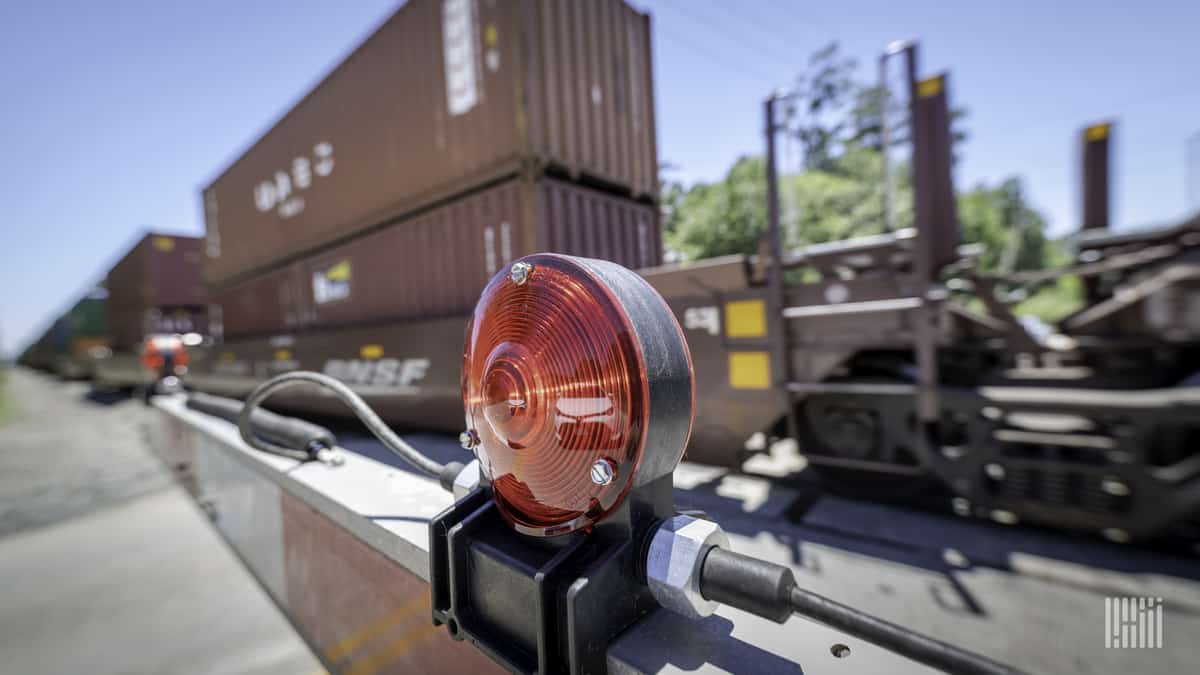Intermodal volumes are bouncing back to the low levels of 2019, and U.S. Class I railroads are recovering faster than their neighbors to the north and south. We believe that intermodal volumes will continue to rise, especially on the West Coast, as the number of blank sailings scheduled diminishes going forward.
At this point, too, rapidly strengthening trucking spot markets may be helping to drive intermodal volumes higher, especially outbound from southern California.
In this week’s report, we dive deeper into the ‘Panama spread’ and explain why shippers are still importing containers through the West Coast, even though it’s much more expensive compared to the East Coast route. It comes down to transit times.
BNSF has positioned itself to take advantage of heightened demand for expedited shipment into the Midwest by offering new daily intermodal service from its Seattle intermodal terminal to North Baltimore, Ohio that began earlier this month. It complements similar services out of Stockton and Los Angeles. It’s remarkable to see a major railroad trying out a new transcontinental intermodal service, especially out of a market that is normally oversupplied with trucking capacity. In our view, it speaks to BNSF’s volume and market share-driven intermodal strategy.
Members Only
You have selected content that's only available to members of FreightWaves Passport. As a member, you gain immediate access to the most in-depth and informative freight research available. It's your gateway to continuing education.
Members also get:
- Access to exclusive community dedicated to discussing the most important challenges facing freight.
- Monthly and Quarterly Freight Market reports keeping you informed of industry trends.
- Much, much more!
Click below to learn more and sign up today!
Subscribe
Existing Passport subscribers may log in using the form below.
